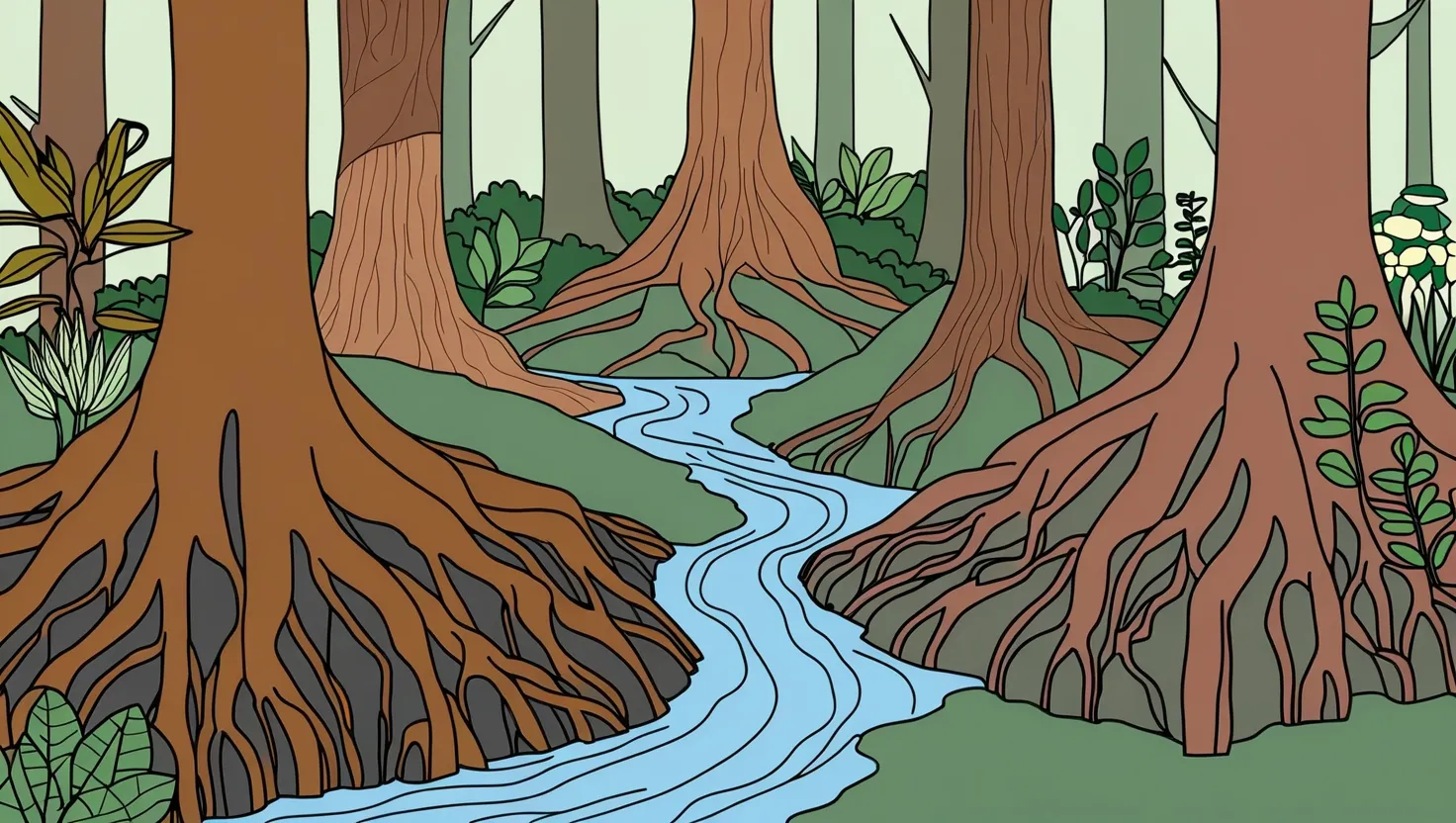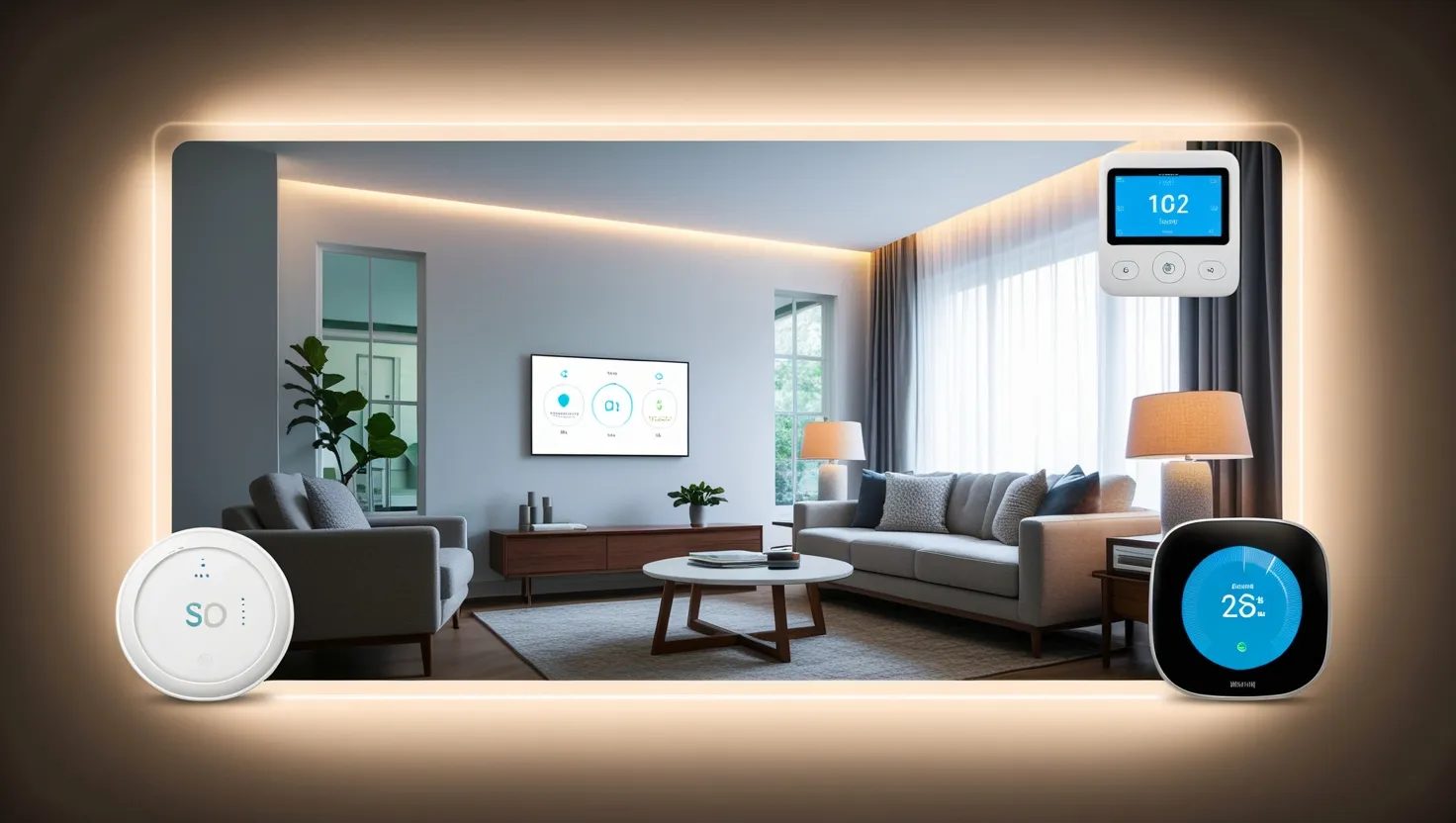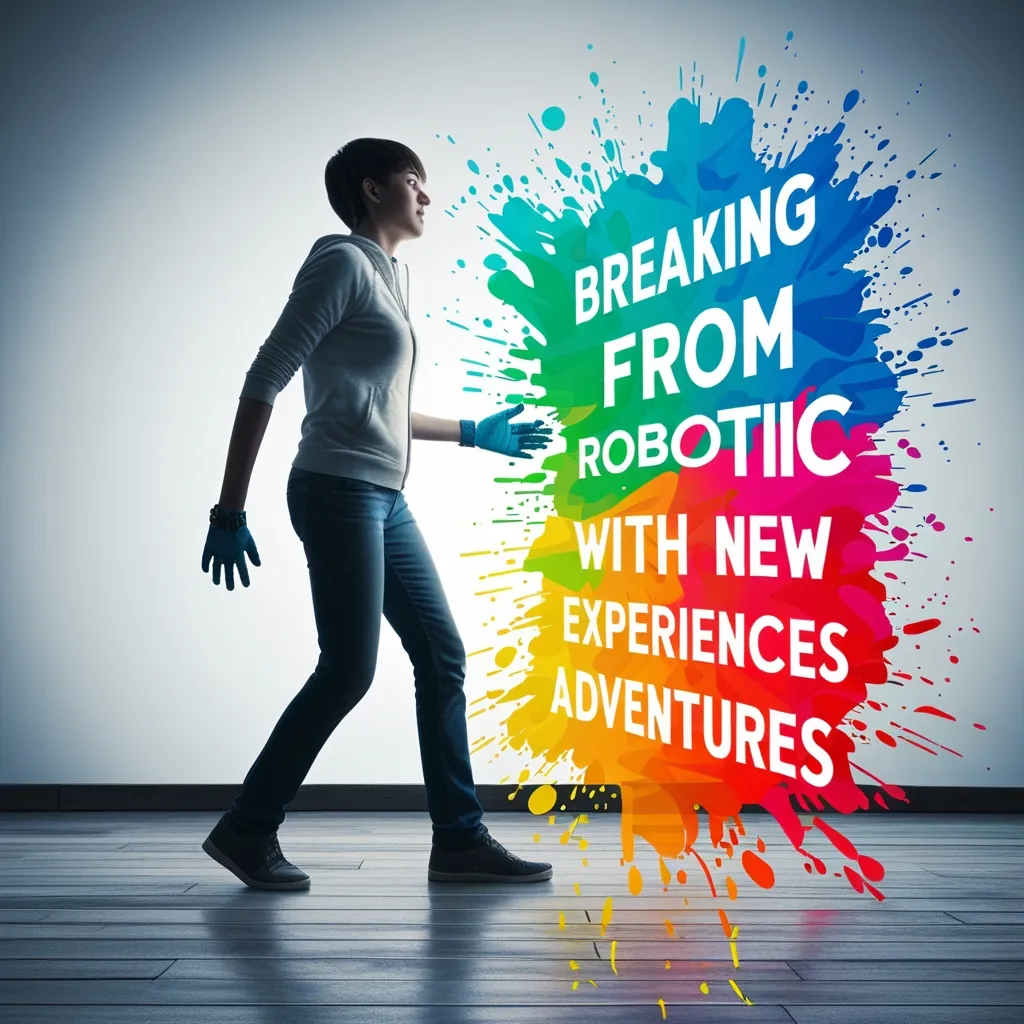When we think about innovation and problem-solving, we often look to the latest technologies or trendy methodologies. However, there’s a more ancient and profound source of inspiration that can revolutionize the way we approach challenges: nature. By embracing biomorphic thinking, we can tap into the vast wisdom of the natural world to create innovative solutions that are both efficient and resilient.
Observing Nature’s Efficiency
Nature is full of examples that demonstrate remarkable efficiency and adaptability. Take the honeycomb, for instance. The hexagonal cells in a honeycomb are a masterpiece of engineering, providing maximum storage space while using the least amount of material. This structure is so efficient that it has inspired architects and engineers for centuries. Imagine applying this principle to your business strategy – designing systems that maximize output while minimizing resources.
Learning from Plant Root Systems
Plant root systems are another excellent example of nature’s problem-solving prowess. These networks are incredibly adaptable, spreading out in various directions to find the best sources of water and nutrients. This adaptability can be a powerful metaphor for team structures. Instead of rigid hierarchies, consider designing your team’s workflow to mimic the flexible and dynamic nature of root systems. This approach allows for better resource allocation and more effective problem-solving.
Coral Reef Growth Patterns
Coral reefs are some of the most diverse and resilient ecosystems on the planet. Their growth patterns, characterized by gradual expansion and intricate networking, can inspire how we map out business strategies. Just as coral reefs grow by adding new layers and connections, you can grow your business by incrementally adding new components and strengthening existing ones. This organic growth model ensures stability and adaptability in the face of changing environments.
Wolf Pack Dynamics
Wolf packs are a prime example of effective team dynamics. Each member has a clear role, from the alpha leaders to the scouts and hunters. This division of labor ensures that the pack operates efficiently and effectively. When designing your team’s structure, consider the roles and responsibilities that each member can fulfill, much like the roles within a wolf pack. This can lead to a more cohesive and productive team.
The Power of Biomorphic Forms
Biomorphic forms, which evoke living organisms, have been a source of inspiration in art and design for decades. Artists like Joan Miró and Henry Moore have used biomorphic shapes to create works that are both abstract and evocative of life. This aesthetic can also influence how we think about problem-solving. By visualizing solutions in terms of organic shapes and patterns, we can create more intuitive and engaging approaches to complex challenges.
Emotional and Cognitive Benefits
Research has shown that environments designed with biomorphic elements can increase human visual attention and memory. This is because these designs resonate with our natural inclination to recognize and connect with living forms. When you apply biomorphic thinking to your problem-solving process, you’re not just creating more efficient solutions; you’re also making the process more enjoyable and memorable.
Practical Applications
So, how can you start incorporating biomorphic thinking into your daily life? Here are a few practical steps:
- Observe Nature Closely: Spend time in nature, observing how different organisms solve problems. Note the patterns, structures, and behaviors that make them successful.
- Apply Natural Patterns: When faced with a problem, think about how nature would solve it. For example, if you’re trying to optimize a workflow, consider how a river might flow around obstacles to find the most efficient path.
- Use Biomorphic Visualizations: Visualize your solutions using biomorphic shapes and patterns. This can help make complex ideas more intuitive and engaging.
- Encourage Organic Growth: Allow your projects and teams to grow organically, much like a coral reef or a plant root system. This approach fosters adaptability and resilience.
Transforming Brainstorming
Traditional brainstorming sessions often feel forced and unproductive. By adopting a biomorphic approach, you can transform these sessions into rich, organic processes. Imagine a brainstorming session where ideas evolve and adapt like living organisms. Each participant brings their unique perspective, much like different species contributing to an ecosystem.
In this biomorphic realm, innovation becomes second nature. You’re not just generating ideas; you’re cultivating them, allowing them to grow and evolve over time. This approach ensures that your solutions are not only creative but also efficient and resilient.
Tapping into Evolutionary Wisdom
Nature has been solving problems for billions of years, long before humans existed. By tapping into this evolutionary wisdom, you’re leveraging a vast repository of knowledge that has been refined over millennia. This isn’t about copying nature; it’s about understanding and internalizing its problem-solving techniques.
When you think biomorphically, you’re not limited by conventional thinking. You’re free to explore new patterns, structures, and behaviors that can lead to groundbreaking innovations. Whether you’re designing a new product, optimizing a business process, or simply trying to solve a personal problem, biomorphic thinking can provide the creative spark you need.
In conclusion, biomorphic thinking is more than just a creative tool; it’s a way of rewiring your brain to think in harmony with nature. By observing, internalizing, and applying the problem-solving techniques of the natural world, you can create solutions that are as elegant as they are effective. So, the next time you’re faced with a challenge, take a step back, look to nature, and let its wisdom guide you towards innovative and resilient solutions.






